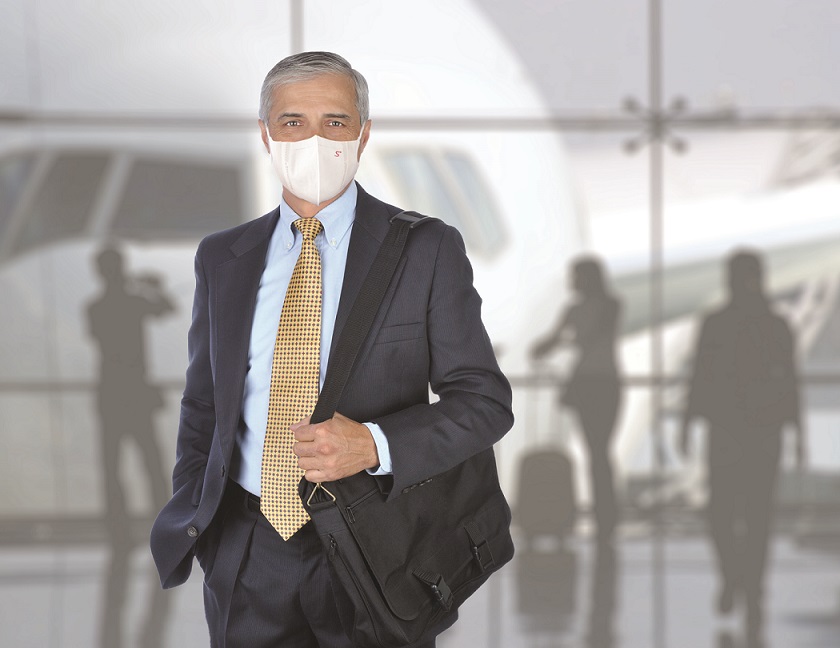This post is also available in:
 עברית (Hebrew)
עברית (Hebrew)
Due to the COVID-19 pandemic, people all over the world are required to wear face masks in every public venue. Beginning this month, the US Transportation Security Administration (TSA) will require individuals to wear a mask at its airport screening checkpoints and throughout the commercial and public transportation systems.
But what about traveler identification processes? Biometric systems could reduce the need for people to remove masks at airports or ports of entry for identification, reducing risks for travelers and frontline staff working in airports, who no longer have to ask all travelers to remove masks for identification.
A controlled scenario test by the US Department of Homeland Security (DHS) Science and Technology Directorate (S&T) shows promising results for facial recognition technologies to accurately identify individuals wearing protective face masks.
This year’s biometric technology rally focused on using biometric systems to detect and recognize travelers without asking them to remove their masks, thereby protecting both the public and frontline workers during the COVID-19 era. The rallies challenge industry to develop biometric systems to meet the requirements of high-throughput operations, and employ controlled testing of candidate technologies in relevant scenarios.
The biometric technology evaluation examined the ability of biometric acquisition systems and matching algorithms to reliably collect and match images of individuals wearing a diverse array of face masks.
The 10 days of human testing included 60 facial recognition configurations (using six face and/or iris acquisition systems and 10 matching algorithms) and 582 diverse test volunteers representing 60 countries.
Acquisition systems were evaluated based on their ability to reliably take images of each volunteer with and without masks, volunteer processing time, and overall volunteer satisfaction.
Early results demonstrated that without masks, median system performance demonstrated a ~93% identification rate, with the best-performing system correctly identifying individuals ~100% of the time.
With masks, median system performance demonstrated a ~77% identification rate, with the best-performing system correctly identifying individuals ~96% of the time.
The tests showed that performance can vary greatly between systems.
According to homelandsecuritynewswire.com, organizations that need to perform photo ID checks could potentially allow individuals to keep their masks on, thereby reducing the risk of COVID-19 infection.


























